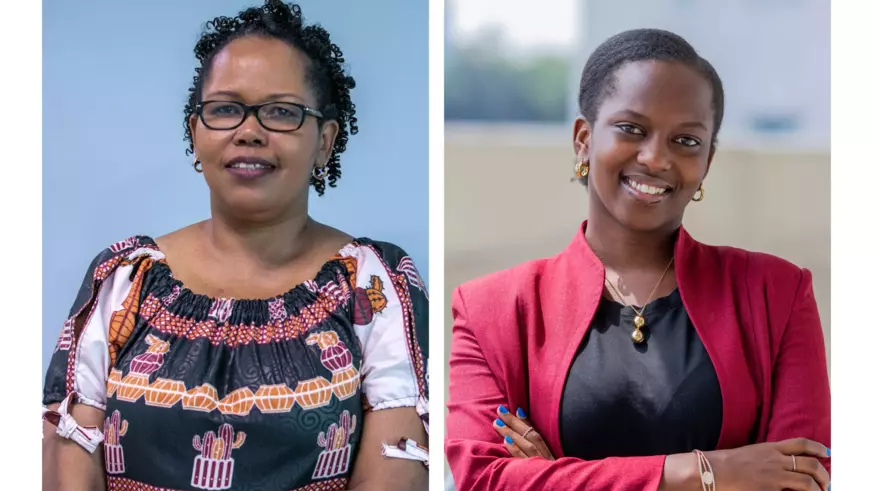My grandfather left Janów, Poland years before the righteous gentiles there became among the very best of humanity. One is now getting the notice she deserves
These were the words of B.J. (her initials), aged 90, last week upon hearing that she would be recognized by the Righteous Rescuer Pension Fund of the Claims Conference.
B.J. lives near the small village of Janów, Sokolka, in Northeast Poland, the former shtetl from which my grandfather came. It was on a visit that I made to the village last year that I first met her. She is not a Holocaust survivor; she bears a title even more rare: she is a Righteous Rescuer. This small population of people are non-Jews who saved the lives of Jews during the Holocaust, risking their own lives and the lives of their families in the process.
The round-up by the Nazis of 950 Jews from Janów took place on November 2, 1942. As B.J. describes it, “The Germans ordered the Poles to load these poor people onto carts and take them to a transfer point, from where they were to continue on to Kiełbasin-camp.” The fate of most of the inhabitants of Janów was described in testimony given in 1947 by Abraham Lipcer, aged 16, one of a small number of survivors of the shtetl. Six weeks after the roundups, many were transported to their deaths in Treblinka.

“Some Jews escaped, and some of them ended up first with our neighbors and then with us,” B.J. said. “During the day, they hid in the woods. At night, they came to our house… Józef (the neighbor) and my father cooperated all the time in hiding Jews. There was a forest between our farm and theirs, quite a young forest, with two-meter pine trees growing there. Father and Józef dug a ditch there so that the Jews could hide in case of emergency… There were always six or eight of these people. It was very crowded there, but they would stay there all day and come to us at night. Because it was quiet at night.… The hardest time was in winter, when it snowed, because then the Jews left footprints in the snow. Józef and my father always had to sweep them so that it wouldn’t be visible. You had to take a horse, put on a plow, and ride over these tracks. Another neighbor once came to us and asked my father why he rode his horse in the field in the winter? Dad replied that it was because the mare had a foal and it needed to be taught to walk in the field, preferably in winter.”
Later, when it got too dangerous, B.J.’s father brought the hidden Jews to partisans in the forest. Many Jews hiding in the forests in the area were killed.
My grandfather left Janów around 1920 as a young man, aged about 16, making his way across Europe to end up in Ireland. He left behind his parents, as well as his sister and her family. He tried in vain to bring his niece, Mottel, to join him. A visit to Janów in 1938 was the last time he would see them. A photo from that visit shows him sitting amongst the family that remained in Janów, Mottel standing squarely in the back, hands on his shoulder.

During my visit there last September, I walked the streets where the Jews had lived, the wooden houses long burnt down, together with the magnificent wooden synagogue that once stood in the former Jewish area of the village. Probably it was at that bimah where my grandfather had stood at his bar mitzvah. The cemetery today is overgrown. In the grass, there are a few dozen fragments of weathered matzevot (gravestones), on some of which the barely legible Hebrew writing can be made out.
Before the Holocaust, Jews composed a majority of the village. A register from 1929 lists all the businesses there, many of them with Jewish names, including butchers, bakers, and the pharmacist. My grandfather’s father and brother-in-law, both tailors, are listed there. Research turned up from a greeting documentfrom 1926 sent by students of the second grade of the school in Janów to the president of the United States, congratulating the country on its 150thanniversary. There is Mottel’s name signed along with her classmates. Fifteen postcards and letters spanning 21 years in cramped Yiddish handwriting from his family in Janów to my grandfather tell a story of a hard life right up to the last postcard we have, dated January 13, 1941.
Eighty years later, there is not much left of the former Jewish community. After visiting the cemetery, we heard of an older woman whose family had helped the Jews of the town during the Shoah. We arranged to meet her, and after a drive through rolling hills, we pulled up to a farm. A wiry woman, B.J., sitting outside the house in the sunshine greeted us with a big smile.
After telling us about the happy time she spent as a nanny with a Jewish family in Long Island many years before, she shared with us the story of a darker chapter of our collective history.
A story hidden for decades emerged.
Heroes who risked their own lives to save Jewish lives during the Holocaust were first acknowledged through a support program established by the Claims Conference in 1963 known as the Hassidei Umot Haolam program. In 2001, the Jewish Foundation for the Righteous began administering the program and today plays a critical role in helping rescuers and educating the world about what they did. In June 2019, the Claims Conference negotiated with the German Foreign Ministry to establish the Righteous Rescuers Pension Program, ensuring dignity and honoring those so worthy. B.J.’s heroism is now recognized under this program.
Last week, I spoke again with her in a moving virtual reunion, while Claims Conference staff member, Gosia Quinkenstein, was visiting her to present her with the formal recognition.

A Zoom conversation from New York, the city with the largest number of Jews in the world, reconnected me once again to a tiny village in Poland, and brought us back to a dark time when fear and death reigned.

Since I first met her, I could not help but wonder, might one of those Jews who fled Janów and found temporary shelter with B.J.’s family have been Mottel or one of my other family members? B.J. remembers some of the names but hers is not among them. Was she one of those cold hungry Jews who found temporary sanctuary in a desperate effort to survive amidst the horrors of the Shoah, only later to perish? Like so many others, only fragments of her story remain.
In a world of rising antisemitism, growing intolerance, and emerging threats against the Jewish people, connecting with B.J. is, for me, also a time to take a moment to remember that the world still contains people who represent the very best of humanity.




